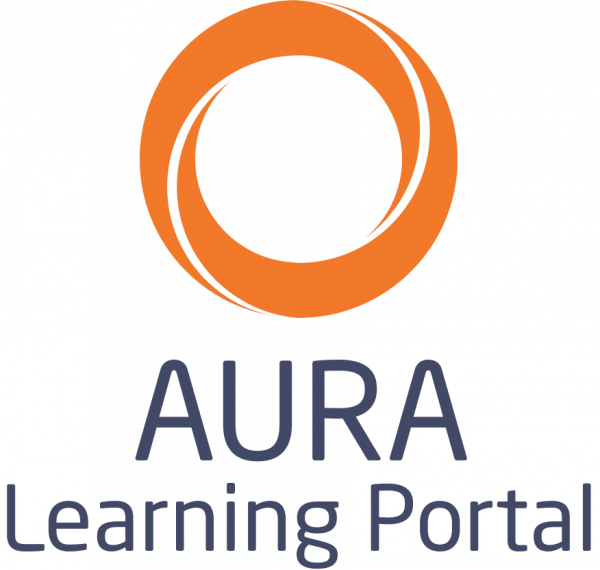Future-Proof Your Learning with Open Source: Why AI Demands It
Does Open Source Make More Sense for Learning in the Age of AI? The debate...
Learn more


Does Open Source Make More Sense for Learning in the Age of AI? The debate...
Learn moreThere’s no denying that AI is the most consequential new technology to emerge in decades....
Learn more
Building Customised Learning Experiences with Open Source Author: Terry Fannon In the dynamic landscape of...
Learn more
By Terry Fannon Step into a world where your professional development is propelled by collaboration...
Does Open Source Make More Sense for Learning in the Age of AI? The debate...
Building Customised Learning Experiences with Open Source Author: Terry Fannon In the dynamic landscape of...
Let’s take a look back at last week’s standout event: the Learning Technologies Paris 2024...
Author: Terry Fannon Associations play a pivotal role in fostering collaboration, knowledge-sharing, and professional...
Author: Monika Capik In the fast-paced world of learning solutions, Totara 18 has emerged with...
Author: Terry Fannon A Thrilling Experience of Innovation and Networking: This year, Enovation had the...
2023 has been a busy year with an interesting blend of business-as-usual and a lot...
GIZ atingi project extended with Enovation In a world where education is often taken for...